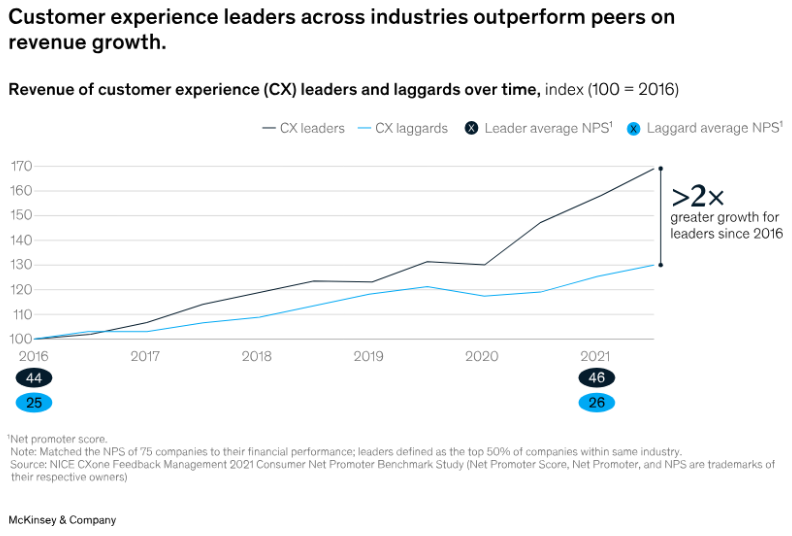How to finally use the unstructured feedback you receive in survey responses, social media, review sites, and more.
By Peter Zaidel, Director of Product Management, Alchemer
The Problem of Unstructured Feedback
Your restaurant solicits feedback in surveys, polls, social media posts, and review sites. And that feedback comes back to you in two different ways:
- Structured feedback: Answers to survey questions using radio buttons or check boxes.
- Unstructured feedback: Any text response sent to you via survey, social media, review site, or other sources.
Structured feedback (the type coming to you from radio buttons you create in your survey) can be useful because it is quantifiable. You take notice when someone rates you a zero. But structured feedback doesn’t tell you the full story of the customer’s experience. It doesn’t give you something to act on, in the customer’s own words.
Unstructured feedback is full of valuable insights and sentiments. But the sorting, tagging, and analysis are obstacles to understanding that feedback, and to making it valuable to your business.
In short, unstructured feedback is the best representation of the customer experience, despite current challenges with quantifying that feedback.
Customer Experience Isn’t What It Used to Be
Let’s talk about that customer experience. With Accenture finding that 37% of people think companies are prioritizing higher profits over better customer experience, there’s a lack of trust and a feeling that companies may not care about the customer experience.
But the experience is what brings customers into restaurants. So, why should restaurant owners care about customer experience (besides the obvious)? McKinsey found that companies that care about customer experience tend to have 2X the growth of companies who don’t.
Caring about the customer experience is good business, especially for restaurants.
So, how do you keep a finger on the pulse of what your restaurant guests enjoy or dislike? How do you quantify that open text feedback that is so representative of the customer experience?
Open Text Analysis (OTA) Crunches Words into Numbers
Restaurant brands stand to gain more than many industries from open text analysis or OTA. According to recent SOCi research, restaurants receive more reviews on Google than just about any brick-and-mortar business category, with the average chain or franchise restaurant location having about 1,500 reviews.
All of those reviews include customer text responses. So do your customer surveys. But quantifying that feedback was a manual task in the recent past. Tagging feedback with customer sentiment was time-consuming and introduced bias.
OTA is a new technology now available to restaurant owners and franchisees. OTA uses AI-powered large language models (LLMs) to analyze text at scale and identify sentiments and themes in your feedback. Is service always the issue? What do guests think about the menu? OTA can tell you instantly.
OTA platforms quantify all those qualitative responses so you can easily act on those issues and track progress.
What to Look for in an OTA Platform
Not all OTA platforms are built the same though. There are four key capabilities restaurant owners should look for in any OTA platform:
- Text analysis: Does your OTA platform use phrasal analysis to accurately identify and categorize feedback theme, emotion, and sentiment?
- Analytics and reporting: Does your OTA platform include reporting that lets you track and visualize key feedback metrics to measure sentiment over time?
- Dashboarding: Does your OTA platform provide a customized dashboard that instantly aligns your teams on their target outcomes and shows where they need to act in real time?
- Trends and workflows: Does your OTA platform include anomaly detection to instantly alert you to important changes that occur?
Get to the Root of the Customer Experience with OTA
Imagine all your unstructured feedback — in surveys, reviews, social media, and elsewhere. Now imagine being able to instantly understand the themes in that feedback. Where is your restaurant’s customer experience failing? Where are you beating the competition? OTA summarizes the text into insights you can act on.
With restaurants receiving lots of open text feedback, they are among the industries most needing an OTA platform. Without it, you are either guessing at where your customer experience fails or succeeds — or you are asking for structured feedback ripe with bias and assumptions.
Restaurants should harness the power of the feedback they already regularly collect. Select an OTA platform to help parse unstructured customer feedback into themes and sentiments, so you can easily take action.
Peter Zaidel is the Director of Product Management for Alchemer, an enterprise feedback platform. Peter is an experienced product management and solution delivery leader with a demonstrated history of working in the software (SaaS) and services industries. His specialties include product management and strategy, product launch, design thinking, and solution architecture. Previous to Alchemer, Peter spent 15 years in product development with KPA and is a graduate of Penn State University.









